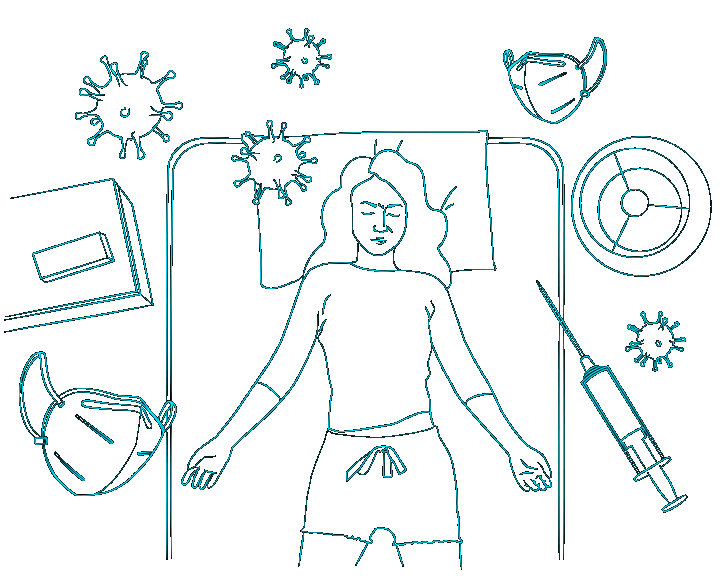To provide services at the highest level, we use cookies. Using the website requires you to choose settings related to their storage on your device. If you want to know what each type of cookie is used for, click the Details button below.
What secrets does the buckwheat mattress hide?16 lutego 2022 |

Buckwheat mattress is a type of mattress whose interior is filled with buckwheat hulls. These pyramid-shaped grains are assumed to be of natural origin, but most often the buckwheat mattress has little to do with nature.
Not. The buckwheat mattress has a number of disadvantages, and at the same time it does not have any noticeable advantages. Although the buckwheat mattress is often presented as a healthy alternative to other types of mattresses, this is another marketing ploy that is a novelty, not an innovation.
Not. Buckwheat mattress, due to the porous structure of buckwheat hulls, is an ideal home for various types of parasites, including mites. In addition, it often happens that already at the time of purchase of a buckwheat mattress, it has insect larvae inside, which begin to mature at room temperature.
Yes. The buckwheat husk used in the buckwheat mattress is an excellent place for the development of fungi, mold and insects. People rarely realize that they usually do not appear in a buckwheat mattress after purchase, but at the production stage. Due to favorable climatic conditions, however, they begin to multiply and reveal themselves only in the bedroom.
The most common insects found in a buckwheat mattress are gnats (lat. psocoptera), also known as pranksters. More and more often, users of buckwheat mattresses also point to finding bed bugs (lat. cimex lectularius) in them. Mites (lat. acari), i.e. parasites belonging to arachnids, are found in large numbers.